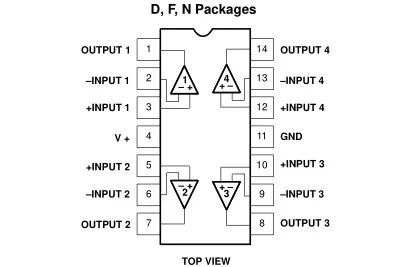
An NTC thermistor is named for the abbreviation Negative Temperature Coefficient. In common usage, "thermistor" often refers to NTC types. It was first observed by Michael Faraday in 1833 during studies of silver sulfide semiconductors, and Samuel Ruben commercialized it in the 1930s. An NTC thermistor is an oxide semiconductor ceramic composed primarily of manganese (Mn), nickel (Ni), and cobalt (Co).
Working principle
Unlike metals, whose resistance generally increases with temperature due to enhanced lattice vibrations that reduce electron mobility, semiconductors exhibit an increase in free charge carriers (electrons and holes) with rising temperature. The growth in carrier concentration outweighs the reduction in carrier mobility, so the net effect is a decrease in resistance as temperature increases. In semiconductors, heating promotes electrons from the valence band into the conduction band, enabling conduction and lowering resistance.

Applications
NTC thermistors exhibit resistance changes on the order of 3 to 5% per °C and are widely used as temperature sensors in electronic equipment. Typical applications include thermal sensing and control in devices such as smartphones, where compact high-performance designs can generate significant heat. Because many mobile devices lack active cooling, sensitive components may be at risk from elevated temperatures. NTC thermistors are used to monitor internal temperatures and provide data for thermal management and protection schemes.
 ALLPCB
ALLPCB





